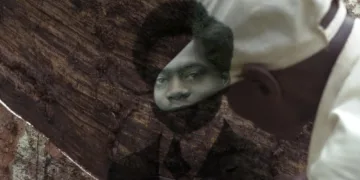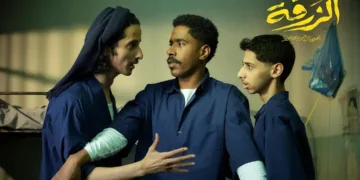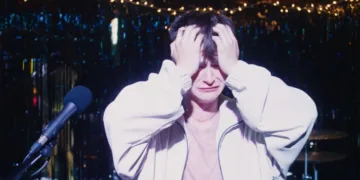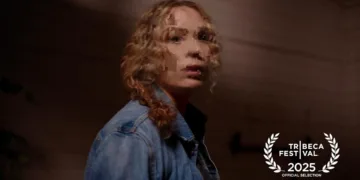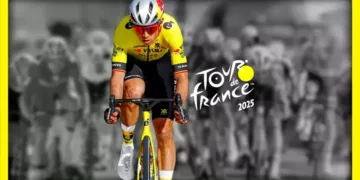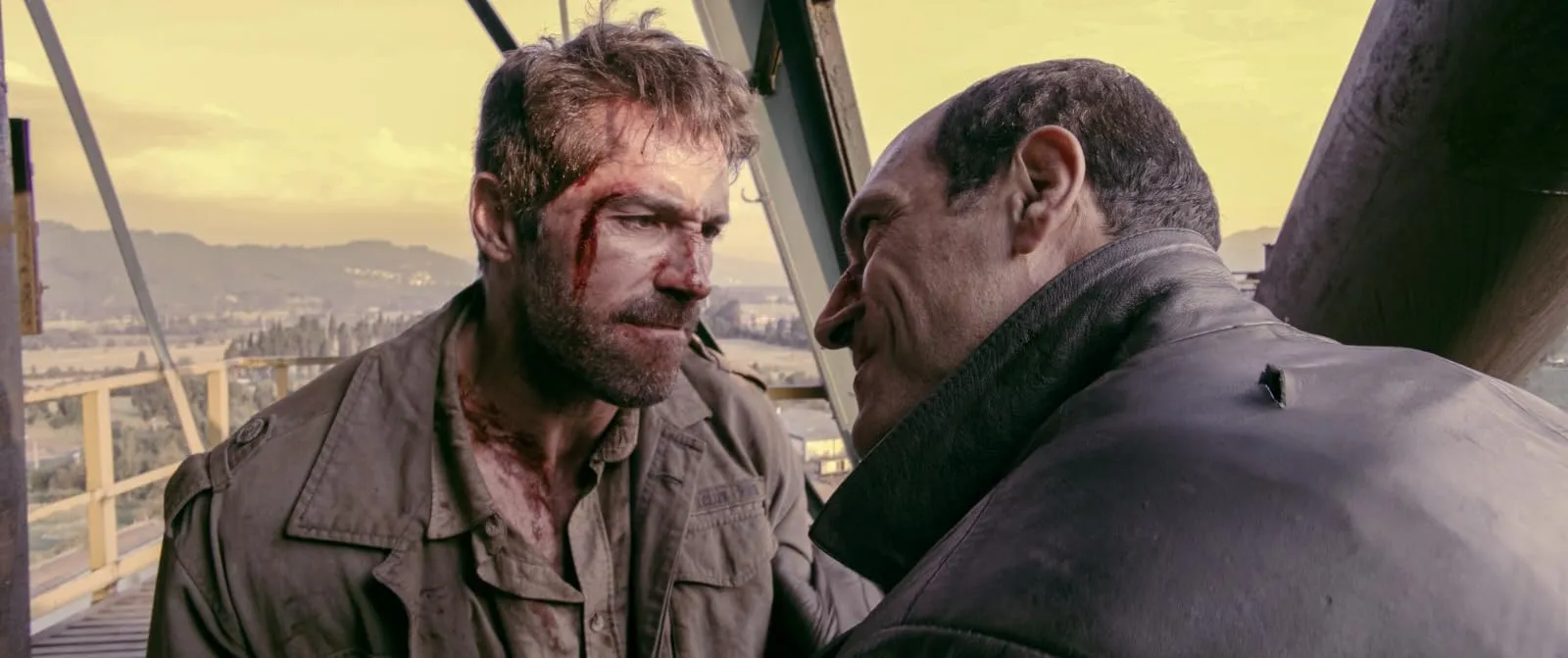The direct-to-video action film has its own distinct rhythm, a pulse I’ve followed since my days renting tapes from the local video store. Diablo immediately taps into that familiar beat. We meet Kris Chaney (Scott Adkins), an ex-convict whose world-weary face tells its own story before he even throws a punch.
He’s been smuggled into the vibrant, sun-drenched landscape of Colombia with a singular, dangerous task. His objective is to abduct Elisa, the daughter of the powerful crime lord Vicente. This isn’t a simple snatch-and-grab for cash.
The film quickly signals that Kris is operating from a place of grim duty, a promise to someone lost that puts him on a collision course with an entire criminal organization. The air is thick with the promise of violence from the opening frame.
The Saint, The Sinner, and The Spectre
The film’s engine is a triangle of well-defined personalities. Scott Adkins portrays Kris Chaney not as an indestructible force, but as a man whose mileage is starting to show. After a fight, you see the exhaustion set in; his power is undeniable, but it comes at a cost, reflecting a welcome maturity in the action hero archetype.
Opposite him, Alana De La Rossa’s Elisa is a revelation. She fiercely rejects the role of a passive victim, meeting her kidnapper with defiance and a few well-aimed kicks of her own. She is a product of a dangerous and privileged world, and her journey from resistance to understanding forms the film’s emotional bedrock.
Then there is El Corvo. Played by Marko Zaror, he is a chilling presence, a specter of death with his bald head, crooked glasses, and a lethal prosthetic hand. He recalls the unstoppable villains of my youth, a Terminator-like figure who is on his own personal mission of revenge against Vicente, making him a truly unpredictable force of nature.
The Brutal Ballet of Practical Mayhem
What elevates Diablo is its absolute commitment to the craft of action. In an age of digital trickery and chaotic editing, director Ernesto Díaz Espinoza gives us something refreshingly tangible. The camera work is energetic, moving with the fighters, but it never descends into the muddled “shaky cam” that plagues so many modern blockbusters. We see every hit. We feel every impact.
The action design, handled by Zaror himself, is grounded and clever. An early sequence where Kris needs to get a driver out of a car eschews easy solutions; instead of waiting for a mistake, Kris simply smashes the side mirror, forcing a raw, believable confrontation.
The main events between Adkins and Zaror are spectacular, filled with moments like El Corvo punching a thrown beer bottle into shards of glass. Shooting on location in Colombia in broad daylight gives the violence a sharp, immediate quality, making the intricate choreography feel all too real.
A Clash of Tones in a Kingdom of Concrete
For all its technical prowess, the film walks a fine line with its tone. The character of El Corvo is presented with a sadism that feels ported in from a much darker, grimmer film. His cruelty, particularly toward women in scenes that do little to advance the story, creates a repellent atmosphere that sits awkwardly with the movie’s otherwise straightforward action framework.
This kind of shocking violence can feel like a shortcut to seriousness. This depiction stands in stark contrast to the genuine heart found elsewhere. Adkins gives Kris a soulful sense of regret, while Elisa’s growth from a spoiled brat to a resilient young woman provides a strong emotional anchor.
The film presents a fascinating friction: it offers some of the most satisfyingly constructed fight sequences in recent memory, paired with a villain whose viciousness creates a deeply uncomfortable viewing experience.
Full Credits
Director: Ernesto Díaz Espinoza
Writers: Mat Sansom, Scott Adkins, Marko Zaror, Ernesto Díaz Espinoza
Producers: Scott Adkins, Craig Baumgarten, Clay Epstein, Jason Gurvitz, Alvaro Gutierrez
Executive Producers: Barry Brooker, Francisco Carrillo, Pierre-André Rochat, Bill Shadorf, Stan Wertlieb
Cast: Scott Adkins, Marko Zaror, Alana De La Rossa, Lucho Velasco, Diana Hoyos, Maria del Rosario Barreto, Juan Camilo Castillo, Jason Gurvitz, Jaime Correa, Hamilton Casas, Hedras Urrego
Director of Photography (Cinematographer): Niccolo De La Fere
Editor: Ernesto Díaz Espinoza
Composer: Rocco
The Review
Diablo
Diablo delivers some of the most expertly crafted action sequences you will see this year, showcasing Scott Adkins in a wonderfully mature role and grounded by clean, effective direction. The fight choreography is a masterclass in practical, bone-crunching spectacle. However, the film is held back by a jarringly vicious antagonist whose extreme cruelty creates a tonal imbalance that is difficult to ignore. It is a film of high peaks and uncomfortable valleys, recommended for action purists who can look past its more unsettling elements.
PROS
- Expertly choreographed and cleanly shot fight sequences.
- A grounded, nuanced performance from Scott Adkins.
- Strong chemistry between the two leads, Kris and Elisa.
- Excellent use of practical locations and effects.
CONS
- An excessively sadistic villain creates a jarring, unpleasant tone.
- The simplistic plot serves mainly to connect action scenes.
- Some character motivations remain underdeveloped.













